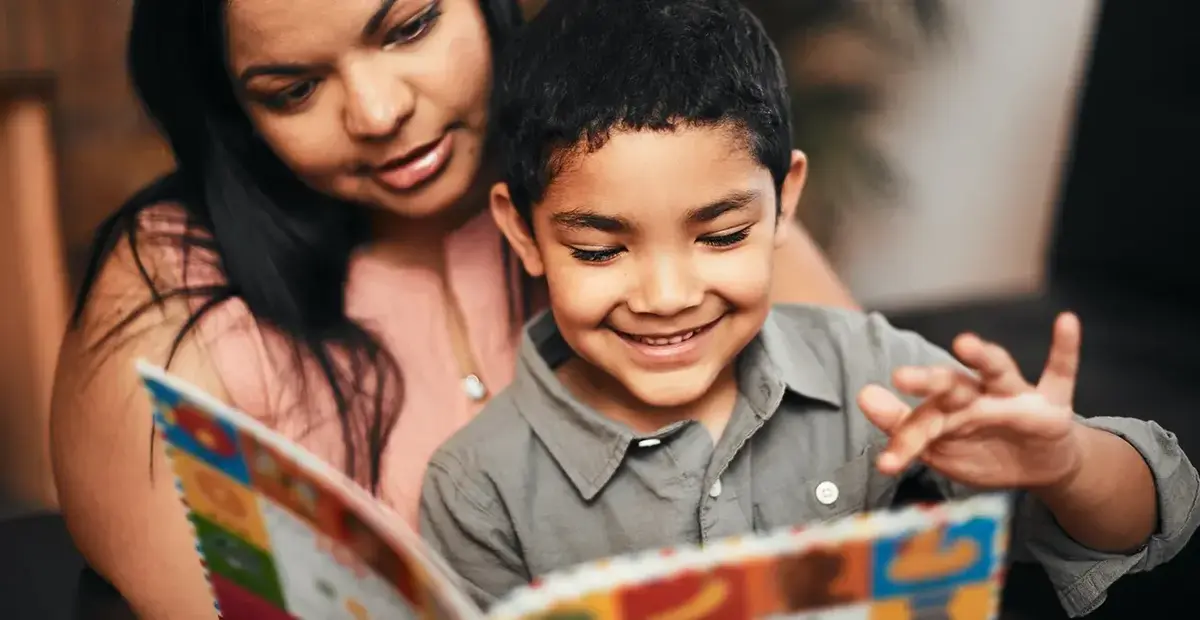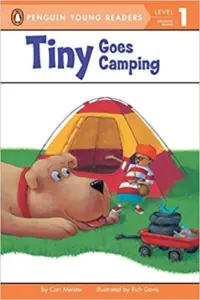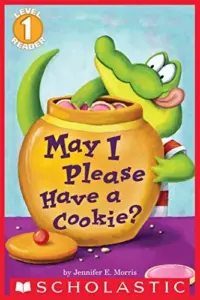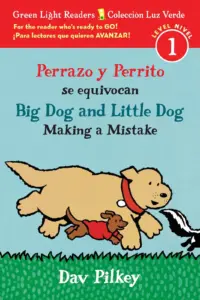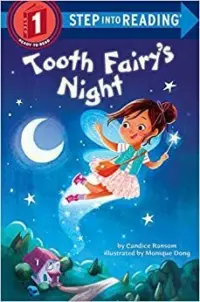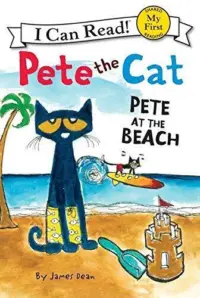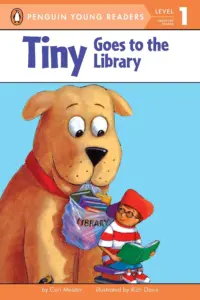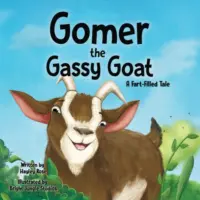Wondering what to read to your youngest learners this summer? Whether you're a Literacy Leader, educator, or caregiver, you’re in the right place.
You know that reading aloud with children is important, even if — and perhaps especially if — they can't decode words on their own yet. You also know that PreK-5 kids can’t afford to lose momentum going into the summer months.
Don’t let summer erase their literacy progress. We have a solution.
In this article, you'll get recommendations from students of the best read-alouds for families. Plus, our expert literacy educators share resources and routines that support both early literacy and meaningful family engagement.
Make reading aloud an irresistible daily routine this summer
This summer, Kids Read Now encourages families to turn short, daily read-aloud sessions into joyful rituals. (OK, fine... We do that every summer. 😉)
How are we supporting educators and caregivers in 2025? With fresh picks from our recently-released catalog, grouped by purpose and message.
But we didn't stop there. Below that, you'll find a curated list of our PreK-5 student participants' most-loved "Read to Me" books, each linked to specific Discovery Questions that spark comprehension and conversation.
The result is an article you'll return to time and again. (In fact, why don't you go ahead and bookmark it for reference later?)
Now, let's talk about why reading out loud to kids is so critical for early literacy, and how summer is the perfect time to nurture the practice.
Why read-aloud books matter during summer break
Reading aloud to emergent readers over the summer doesn’t just preserve the progress they made during the school year. It can actually accelerate it.
Research shows that reading aloud to kids from the earliest age pays dividends in their future reading scores across races and income brackets.
According to science of reading principles, listening to complex, engaging stories builds the foundation for more complex comprehension and critical thinking later. This is true even when students can't read the book independently.
With summer read-aloud books, learners of all abilities are exposed to:
Tier 2 vocabulary (words like predict, gentle, or mysterious)
Pro Tip: Check out Orton-Gillingham's structured approach to teaching vocabulary that's particularly effective for learners with dyslexia or other phonemic awareness difficulties. Try Snake-Word or Wall Dictionary this summer…
- Narrative structure (beginning ➡️ middle ➡️ end; problem ➡️ solution)
- Cause and effect and character motivation
- Syntax and grammar patterns used in fluent writing
Just 10–15 minutes a day of listening to reading can help children build confidence, curiosity, and connection.
Here’s a first peek at 13 brand new “Read to Me” books for emergent readers.
PreK-5 students at Kids Read Now partner schools get to choose from over 150 books. Their selections get mailed home for them to keep, helping to close the opportunity gap.
Our literacy experts grouped these 2025 “Read to Me” books based on the kind of experience they can create when someone reads them aloud…
"Read to Me" books that foster fun and curiosity
These books introduce rhythm, rhyme, and colorful language — perfect for grabbing a child’s attention and fueling imagination.
| Book # | Title | Author |
|---|---|---|
| 101 | Brown Bear, Brown Bear, What Do You See? | Bill Martin Jr. |
| 102 | Freight Train | Donald Crews |
| 103 | Mr. Brown Can Moo! Can You? | Dr. Seuss |
| 104 | Peek, Otter! | Shira Evans |
| 105 | The Hair Book | Graham Tether |
"Read to Me" books that calm and comfort
Use these at naptime, bedtime, or whenever your family needs a quiet moment. They’re ideal for winding down the day.
| Book # | Title | Author |
|---|---|---|
| 106 | Goodnight Moon | Margaret Wise Brown |
| 107 | Ten, Nine, Eight | Molly Bang |
| 108 | Where’s Spot? | Eric Hill |
| 109 | Llama Llama Red Pajama | Anna Dewdney |
"Read to Me" books that invite interaction and discussion
These books are ideal for sparking conversations about literacy. Ask questions, make predictions, and connect the stories to real life.
| Book # | Title | Author |
|---|---|---|
| 110 | Please, Puppy, Please | Spike Lee & Tonya Lewis Lee |
| 111 | I Like Myself! | Karen Beaumont |
| 112 | Chicka Chicka Boom Boom | Bill Martin Jr. |
| 113 | I Went Walking | Sue Williams |
Pro Tip: Already read a classic like Chicka Chicka Boom Boom? Consider swapping in Peek, Otter! or The Hair Book from the "fun and curiosity" group for the same warmth and silliness with a fresh feel.
How to use this list of summer read-aloud books
Reading aloud doesn’t need to be one more thing on your to-do list. It can be one of the best parts of your day. Here’s how to make books to read aloud this summer fun, flexible, and full of learning:
- Make it playful. After reading, invite your child to act out a favorite scene, draw a picture of the setting, or create a “what happens next” ending. This builds imagination and comprehension.
- Tie it to movement. Choose a story that includes actions, then move along! If a character jumps, flies, or twirls — do it too. It keeps kids engaged while reinforcing vocabulary.
- Go on a word hunt. Before you read, choose one fun word (like “wiggle” or “grouchy”) and have your child clap or make a noise every time they hear it.
- Turn questions into conversations. Pause during reading to ask, “What would you do?” or “Why do you think that happened?” Let your child take the lead — you might be surprised where they go!
- Match stories to summer adventures. Reading The Snowy Day? Talk about opposites like hot/cold while eating popsicles. Reading Corduroy? Bring a stuffed animal on errands. Connect stories to your everyday life.
- Re-read with purpose. Kids love repetition, and re-reading builds fluency. Try using different voices or focusing on one character each time.
- Let them read, too (in their own way). Even if young children can’t decode words yet, yours can help tell the story through pictures, finish familiar phrases, or “read” a favorite book from memory.
PreK-5 Students’ 10 most-loved “Read to Me” books
When it comes to book selection, feedback from students themselves is the most valuable. Here are the 10 most highly-rated “Read to Me” books for emergent readers, according to our youngest Kids Read Now participants.
The summer routine with year-round benefits
When a trusted adult reads aloud, they send a powerful message: Books matter. Stories matter. Learning is joyful — and it’s something we do together.
Whether you’re a Literacy Leader passing resources to your teachers, an educator recommending books to your families, or a caregiver searching for something your kids will actually sit down to read, using this list of books for emergent readers can make a real difference.
By setting aside a few minutes a day to read with children, you’re helping strengthen their comprehension, curiosity, and love of learning — without needing a complex plan or additional materials.
Consistent read-aloud time adds up. And there’s no time like summer to make a habit of reading.
Choose engaging, age-appropriate picture books that spark curiosity, invite discussion, and are fun to revisit. Our list of summer read aloud books includes a mix of playful, calming, and thought-provoking stories.
Ideally, aim for at least 10–15 minutes each day. Consistent exposure to read aloud books for summer helps build vocabulary, comprehension, and positive reading habits.
Yes! Even fluent readers benefit from being read to. Listening builds critical thinking, introduces complex language, and strengthens family bonds.
Pair reading with an existing habit — like after lunch, before bed, or during car rides. Keep books visible and accessible.
Summer offers a relaxed pace and flexibility, making it easier to turn reading aloud into a habit. It’s a powerful way to prevent summer learning loss while creating joyful learning moments.
Not at all. Just read with expression and enthusiasm. Your attention and presence are what matter most. It might even be beneficial for your child to watch how you problem-solve a challenging word or phrase.

